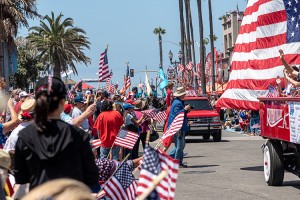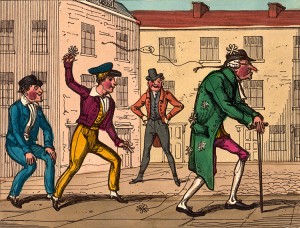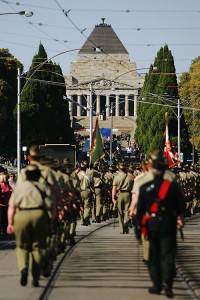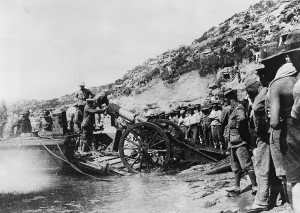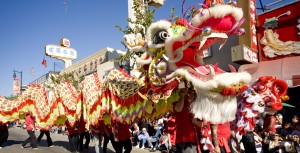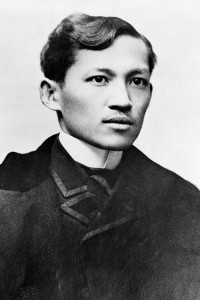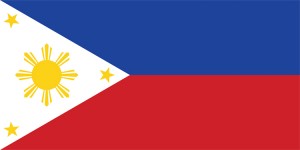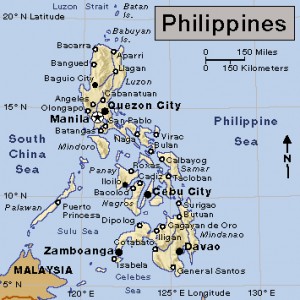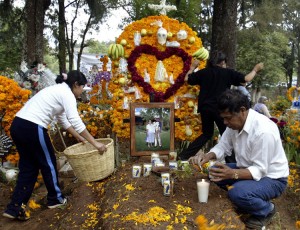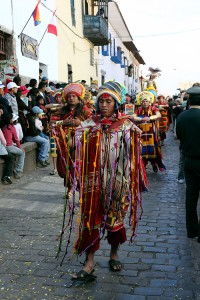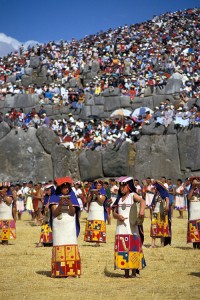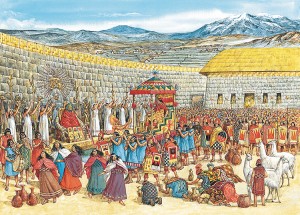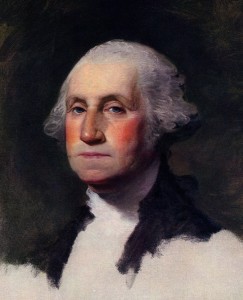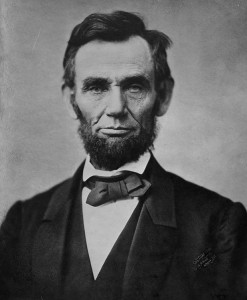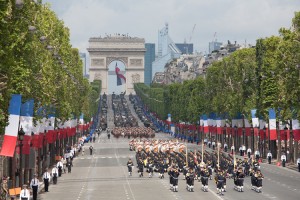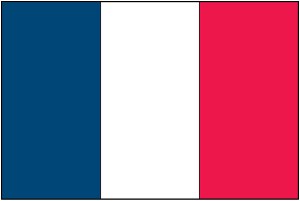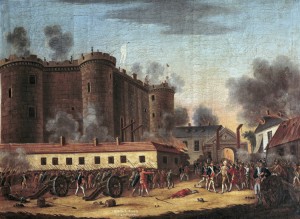Diwali: The Festival of Lights
Monday, November 13th, 2023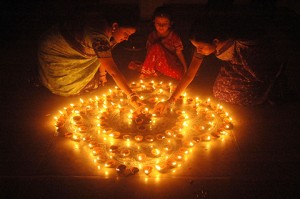
Hinduism is the primary religion of India and one of the largest religions in the world, based on the number of followers. These Indian women are lighting lamps for a major Hindu festival called Diwali, celebrated by Hindu communities worldwide.
Credit: AP/Wide World
Happy Diwali! It is a time for family, flowers, fireworks, lights, sweet treats, and vibrant silks. Diwali, also spelled Divali or Dipavali, is a major Hindu festival. It is sometimes called the festival of lights. It is celebrated in all parts of India, where it is a national holiday, and in Hindu communities worldwide. In 2022, New York City Public Schools announced Diwali would be recognized as an official holiday. Diwali is scheduled based on the phases of the moon. The festivities normally fall after India cools down from summer but before monsoon season begins.
Diwali lasts from two to five days, depending on local custom. It falls during the Hindu month of Kartika (October to November). The high point of Diwali is the day of the new moon, which is New Year’s Day in some parts of India. Dipavali is a Sanskrit term that means row of lights. During Diwali, people decorate their homes and Hindu temples with small earthenware oil lamps. They also may visit each other, exchange gifts and greeting cards, and wear new clothes.
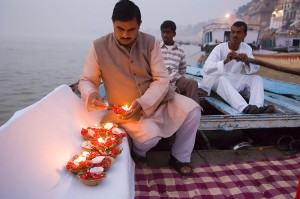
During Diwali, a major Hindu festival, people decorate their homes and temples with small earthenware oil lamps. The name Diwali comes from a Sanskrit word meaning row of lights. This picture shows a man in India lighting Diwali lamps that are decorated with flowers.
Credit: © Bob Krist, Corbis
Diwali has different meanings for different groups of Hindus, but it usually honors Lakshmi, the goddess of wealth. Thus, Diwali has a special importance for business owners, merchants, and shopkeepers, who pray to Lakshmi during the festival. For these people, Diwali lamps are meant to help Lakshmi find her way into the homes of the faithful to give them prosperity. For others, the lamps light the path of ancestors who have visited earth. The lamps also symbolize the turning of the seasons and of the human spirit from darkness to light.
Diwali also commemorates the return of Rama and his wife, Sita, to the holy city of Ayodhya after 14 years in exile. Rama is the hero of the ancient Sanskrit the Ramayana. The Diwali lamps serve to welcome the returning couple. In West Bengal, Diwali is associated with Kali, the goddess of destruction.
Followers of the Sikh religion also celebrate Diwali. It marks the release from prison in 1619 of Guru Hargobind by the Mughal emperor. Guru Hargobind was the sixth Sikh guru (spiritual leader). Like Hindus, Sikhs exchange gifts and light lamps in their homes and temples during the festival.
Vira-nirvana, a one-day Jain festival, coincides with Diwali and shares some of its features. Vira-nirvana marks the passing of Mahavira, who organized the Jain religion, into nirvana. Nirvana is a state of perfect peace outside the cycle of birth and death. Many Jains devote this day to fasting and meditation. They also light lamps to mark Mahavira’s passing.

